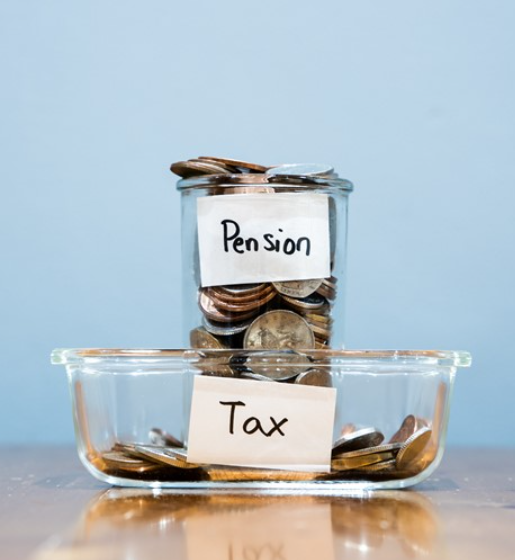As you approach retirement, one of the key benefits available to you is the ability to access 25% of your pension pot completely tax-free. However, there are a few considerations to be aware of regarding how to utilize this option efficiently and what impact it might have on your overall retirement planning.
What is 25% Tax-Free Cash?
Once you reach retirement age, you can withdraw 25% of your pension pot as a tax-free lump sum. The maximum amount eligible for tax-free cash is based on the Lifetime Allowance, which for the 2022/2023 tax year was £1,073,100. This means that the maximum tax-free amount you can access is £268,275 (25% of the Lifetime Allowance). Anything above this will be taxed at your marginal rate, so it’s crucial to plan carefully to avoid any unwanted tax surprises.
Taking Smaller Portions of Tax-Free Cash
If you prefer not to take the full 25% of your tax-free entitlement at once, you can withdraw smaller portions as needed. For instance, if your pension pot is £500,000, and you want to take out £10,000 for a specific purpose, such as buying a gift or making a purchase, you can designate a portion of your pension to be in drawdown. In this example, you would allocate £40,000 to drawdown and take your £10,000 tax-free cash from it. This allows you to take a lump sum while keeping the rest of your funds invested, allowing them to grow.
Using the Full Tax-Free Cash Entitlement with a Smaller Pension
Let’s say your pension pot is £400,000. You can access the full 25% tax-free cash, amounting to £100,000. However, after withdrawing this amount, the remaining £300,000 will be subject to income tax when accessed. Additionally, the £100,000 withdrawn could be included in your estate for inheritance tax purposes, which is something to consider when planning your overall estate.
Dripping Out Tax-Free Cash: Optimizing Tax Efficiency
Another strategy for using your tax-free cash is to take it out gradually, alongside taxable income, to optimize tax efficiency. By spreading your withdrawals over time, you can potentially reduce the amount of tax you pay each year. However, this approach comes with a caveat. If you begin taking taxable income from your pension, you will trigger the Money Purchase Annual Allowance, which limits the contributions you can make to your pension to £10,000 per year. If you are still working or plan to contribute to your pension, this may not be the ideal strategy.
Withdrawing the Entire Tax-Free Cash from a Large Pension Pot
Some people choose to take a lump sum of their tax-free cash to pay off debts, such as a remaining mortgage balance. Instead of using income already taxed by income tax and national insurance to overpay their mortgage, they make contributions to their pension, which grow tax-free. Once retired, they use the 25% tax-free cash to pay off their mortgage. However, to access the full tax-free amount, your entire pension must be moved into drawdown, and the pension must be fully crystallised.
With the new Lifetime Allowance rules in place, the maximum tax-free cash you can access is limited to £268,275, even if your pension is worth more. If you had protection in place or enhanced benefits, your situation might differ, so it’s worth discussing this with a financial adviser to make sure you’re taking full advantage of your options. Keep in mind that any amounts above the 25% tax-free cash will be taxed at your marginal rate and could bring those funds into your estate, affecting your inheritance tax planning.
Conclusion
Accessing your 25% tax-free cash is a valuable benefit when retiring, but it’s important to plan carefully, especially if you have a substantial pension pot. Whether you take smaller withdrawals or the full amount, each decision comes with its own set of tax implications. It’s essential to seek advice from a financial planner to ensure your strategy aligns with your retirement goals and minimizes any potential tax liabilities.



